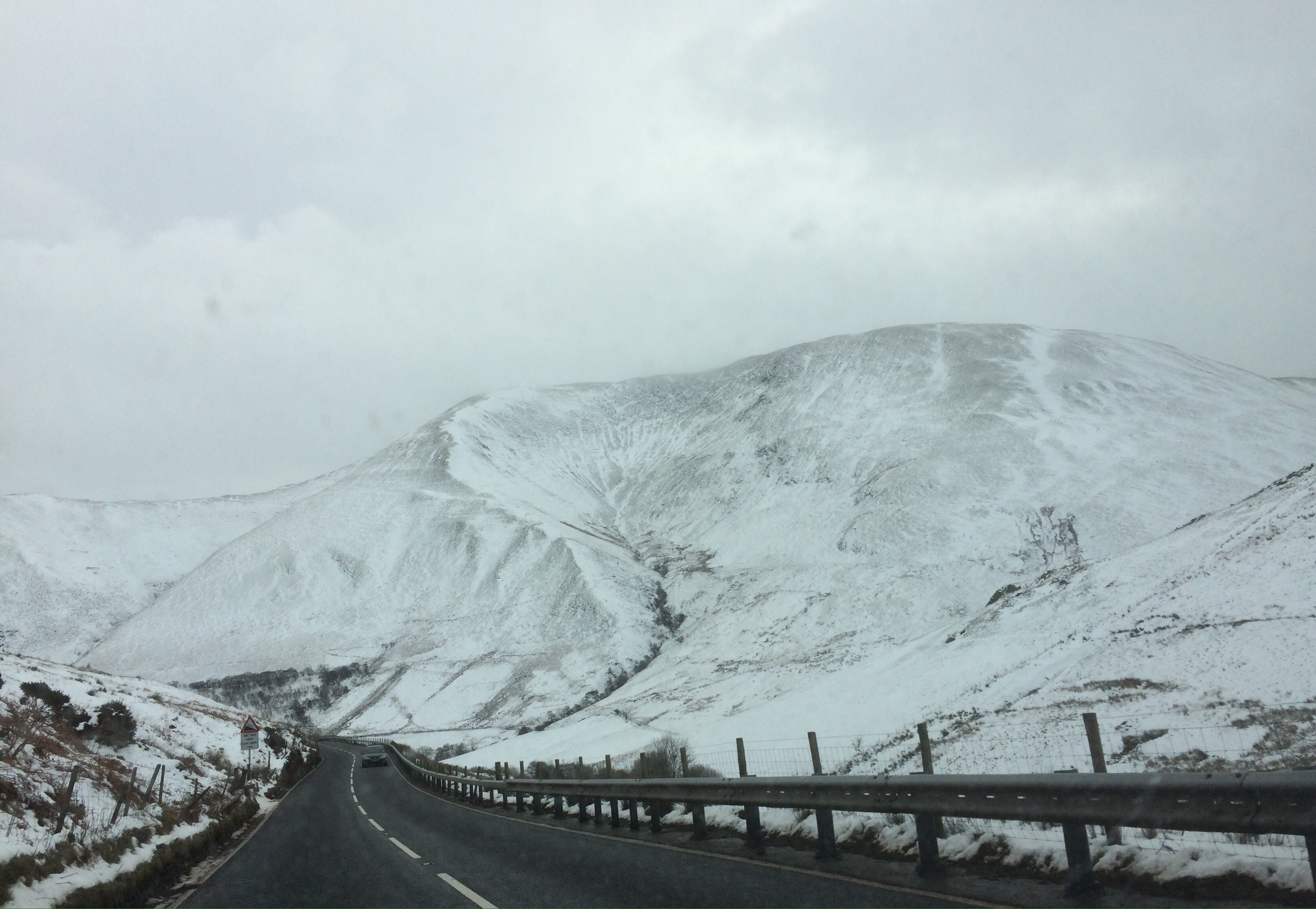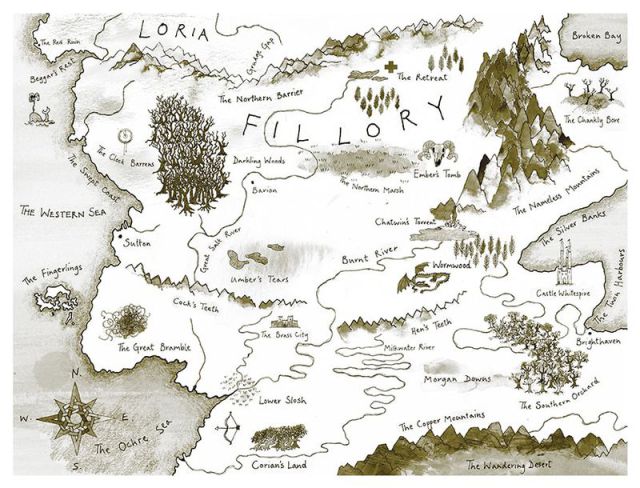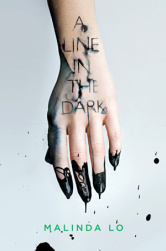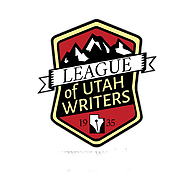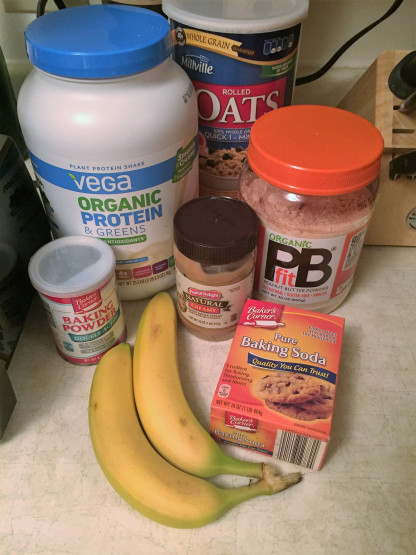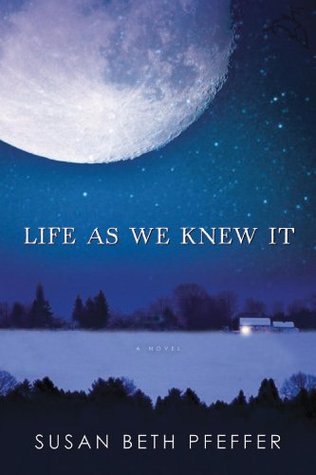 Review for "Life as We Knew It" by Susan Beth Pfeffer (2006)
Rating: 1 out of 5 stars
Dumbest. Apocalypse. Ever.
Review for "Life as We Knew It" by Susan Beth Pfeffer (2006)
Rating: 1 out of 5 stars
Dumbest. Apocalypse. Ever.
I’m not a one star kinda gal unless I hated the book. Needless to say, I really really really hated this book.
First off, I love dystopian lit. This one rang a bell because it’s two of my favorite things: dystopian and YA. So I read it. And man, that’s where the problems began.
NOTE: Spoilers abound & I don’t care…
Part of the thrill of reading dystopian fiction is reveling in the fact that it COULD happen–you just never know where or when. Another part of the game is that the scenario presented has to be scientifically sound, even on a basic level. Not so with this book, because there ain’t no way in hell any of this shit in this book could actually happen. In this one, the moon is knocked off course by an asteroid (which, strangely, no one sees coming), which brings it closer to Earth. The tides fall out of whack, bringing massive tsunamis that kill most of the population in low lying and coastal areas.
Then there’s mosquitoes (huh? why?) that threaten the population with malaria, massive earthquakes around the world, and finally Yellowstone volcanoes, seemingly triggered by the gravitational chaos. There’s a little bit of ash, it’s dark early, and it’s cold out. Umm…excuse me…WHAT? A massive eruption in Yellowstone would spell death by burning ash and darkness for much of America within WEEKS. Not just a slight temperature change like it’s an early winter. And it certainly would not involve characters strolling around in their Pennsylvania hometown, going to the library and ice skating like there’s nothing going on.
And oh…the characters. Miranda is a 16-year-old high schooler whose diary makes up this book. She whines about not seeing her friends and being unable to eat as many chocolate chip cookies as she wants while the end of the world is going on. Her mother rails against the government and her daughter seeing boys. Somewhere in the middle of all the earthquakes and the electricity going out, the family still manages to send her little brother to baseball camp. Another one of Miranda’s friends is a religious psycho-nut who doesn’t want to eat because God will take care of her. As a matter of fact, nearly everyone in this book who holds Christian beliefs is portrayed as a delusional weirdo. Not that I care about the author’s personal beliefs about organized religion, but all the proselytizing didn’t help the narrative. At all.
There’s other improbable scenarios. There are no police, yet Miranda takes it on herself to wander around her hometown alone, going swimming and ice skating, seemingly unbothered. When the power comes on intermittently, the internet (somehow) works also. Services such as the post office and the library are still open, yet we’re told there is no gas. A deadly flu epidemic kills most of the people in the town and several members of Miranda’s family fall ill, but miraculously Miranda never falls sick and no one dies. When the family runs out of food at the end, Miranda spends her last bit of energy going to city hall and learning about all of the food shortages and crop failures out in the world–and then receives a bag of food that city hall has been giving out every Monday. How is this possible? If there is a shortage of crops, where does this food come from in a land of no gas?? The final abasement here is when the power comes on at the end of the book–despite the fact that we’re told most of the country is either dead and/or lying under ash.
And the story just plain sucks. Page after page in the middle of the book is nothingness, just play by play details of the family’s life in their sunroom, having conversations about food and books and what not. Yawn.
Apparently there are three other books in this series, however, I won’t be reading them. I don’t recommend this, I’d stay far away from this book.
Advertisements Share this: